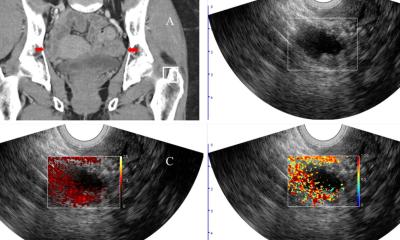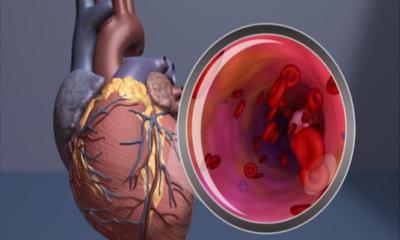
Image source: Fachhochschule Dortmund; © Mike Henning
News • Image analysis for tissue classification
Endometriosis: Hyperspectral images to simplify surgery
Endometriosis is a chronic disease in which tissue that resembles the lining of the uterus grows outside the uterus. Affected women often suffer from severe pain, but the symptoms vary greatly.
This is why it sometimes takes a long time for the disease to be diagnosed by a doctor. With consequences: If the tissue is not removed, it can even lead to infertility. According to the Robert Koch Institute (RKI), 10%-15% of women suffer from endometriosis.
Minimally invasive surgery using endoscopy is considered the gold standard for treatment. However, until now, only the visual endoscope image has been used to decide whether and where exactly an endometriosis lesion is present. This carries risks. "We also rely on hyperspectral image analysis for tissue classification," says Stefan Patzke, research associate in the "HSI4MIC" project at the Faculty of Information Technology at Fachhochschule Dortmund.
Our goal is to provide assistance for doctors [by providing information on affected tissue]. The doctors can then check these areas again in detail
Stefan Patzke
The hyperspectral camera used captures up to 255 spectral bands. The purely visual endoscope image only has three bands (red, blue and green). In addition to the significantly improved spectral resolution, there are also several other spectral bands in the near-infrared to UV range that are not even perceptible to the human eye. In this "spectral fingerprint", Stefan Patzke uses artificial intelligence to search for characteristic features of an endometriosis lesion. "Our goal is to provide assistance for doctors," emphasizes Stefan Patzke. In future, new sensor technology and the corresponding software will be used to provide information on affected tissue directly during the endoscopic examination. "The doctors can then check these areas again in detail." The aim is to minimize endometriosis residues in the body and thus reduce the number of follow-up operations.
The clinics also have a great interest in this. Fachhochschule Dortmund is cooperating in this project with hospitals in the region - the Klinikum Dortmund and the Endometriosis Center at Marienkrankenhaus in Schwerte. They have been equipped with a hyperspectral camera and provide the high-resolution spectral images of the tissue that Stefan Patzke is working with. The corresponding results should be available next year. "I assume that our approach will make it possible to reliably identify the damaged tissue," he says confidently. The next step is the technical integration of the hyperspectral camera into the endoscopic tool. "This will be easier if we know exactly which spectral bands are relevant for detection."
Source: Fachhochschule Dortmund
05.11.2024











